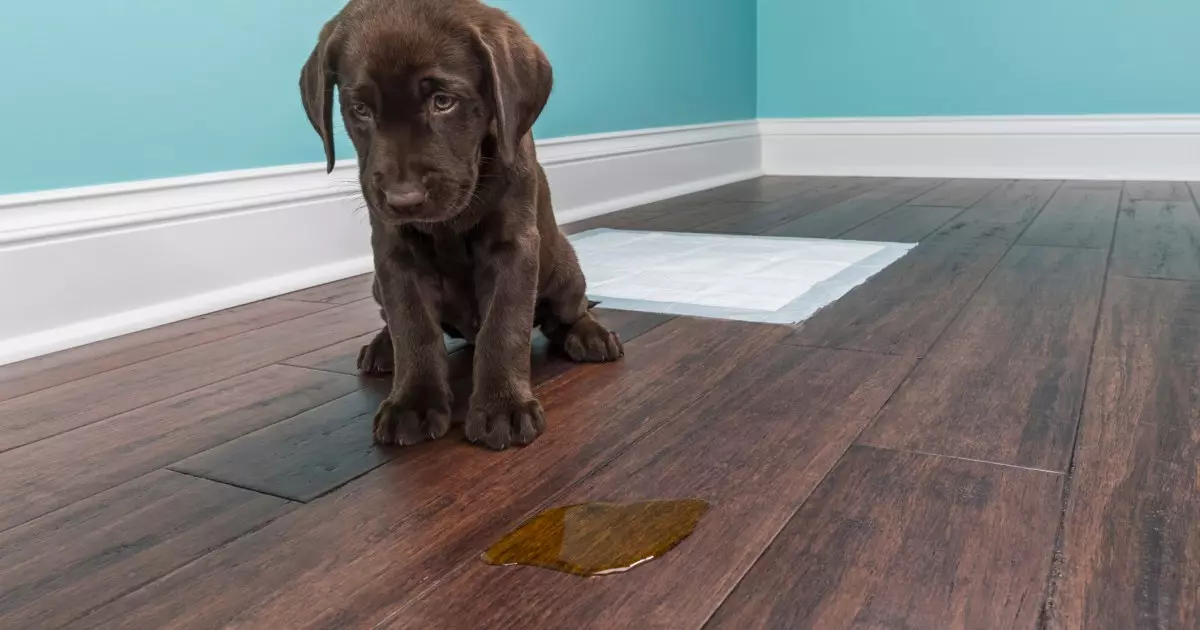Potty training a new dog can invoke feelings of dread in many pet owners, especially those embarking on this journey for the first time. However, it’s crucial to recognize that with dedication and a solid understanding of effective strategies, this task can be accomplished with relative ease. Dogs, by nature, tend to learn quickly given the right environment and encouragement. In this article, we will explore essential insights to aid dog owners in successfully training their furry companions to do their business outdoors.
One of the cardinal rules in potty training a dog is the use of positive reinforcement. When a puppy successfully relieves itself outdoors, this behavior should be met with enthusiastic praise, treats, or playtime. This encourages the dog to associate outdoor bathroom breaks with rewards, which reinforces the desired behavior. Conversely, punishing or scolding a dog for having an accident in the house is ineffective and can be counterproductive. Dogs are not adept at connecting their actions to the disappointment of their owners, and negative reinforcement can instill fear rather than understanding.
Incorporating rewards in the training process can significantly enhance the pup’s ability to learn. Dogs thrive on consistency, so establishing a routine and ensuring that the dog knows that going outside brings happiness and treats will yield favorable results. It’s essential to prioritize building a positive relationship with your dog throughout the training process.
Understanding your dog’s needs plays an essential role in successful potty training. Most dogs exhibit specific behaviors when they need to relieve themselves—these signs can vary between pups but often include restlessness, sniffing around, circling, or staring intently at their owner. Becoming familiar with these indicators is vital. As soon as you notice them, prompt your dog outside immediately. This responsiveness not only aids in immediate relief but also reinforces the idea that outdoor time is linked with their bathroom needs.
Regular observation of your dog’s habits and behaviors will also help you learn their personal potty schedule, which can be influenced by their feeding routine. Mapping out these patterns can make it easier for you to anticipate when they need to go out, thus minimizing accidents in the house.
Establishing a strict schedule can significantly enhance the efficiency of the training process. Over time, your dog will acclimate to going outside at roughly the same times each day, solidifying their understanding of when bathroom breaks occur. Typically, dogs will need to go out after meals, playtime, or when they wake up. By being diligent about taking them out during these key times—and immediately rewarding them for their successes outside—you will create a solid foundation for training.
Moreover, it’s wise to limit water intake before bedtime. Allowing your dog to drink freely during the evening can lead to bathroom accidents during the night. Creating a routine where you take your pup out for one last bathroom break before bedtime can minimize the chance of accidents occurring overnight.
Even with the best training strategies, accidents are an inevitable aspect of the learning process. It is crucial to maintain a calm demeanor when they occur. Dogs may experience accidents because of excitement, anxiety, or health issues, so it’s essential not to foster a negative environment that contributes to fear. Instead, clean up the mess without reaction and focus on reinforcing positive behaviors moving forward.
If you notice a significant uptick in indoor accidents, especially after a period of successful outdoor potty breaks, it might be worthwhile to consult a veterinarian. Changes in frequency could indicate underlying health problems, such as urinary tract infections or anxiety disorders, which may require professional intervention.
Potty training a dog is undoubtedly a journey that requires commitment, patience, and a solid understanding of effective techniques. Remember that dogs, unlike human children, often adapt to training much quicker with the right influences. By implementing a strategy based on positive reinforcement, recognizing and responding to behavioral signs, maintaining an effective schedule, and understanding the occasional setbacks, you will pave the way for a successful training experience. As you and your dog embark on this path together, with persistence and a little love, you’ll soon find that potty training can be achieved more easily than you initially thought.

